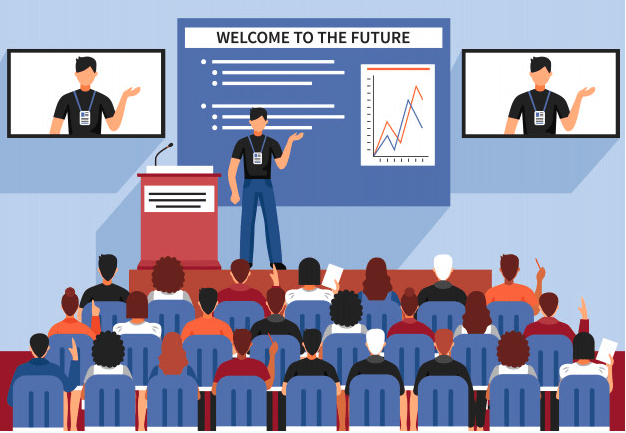Building change capability is ultimately the goal of organisations. Most businesses aspire to be fast-moving, transformative and agile. With the increasing speed of change, organisations need to have the capability to respond accordingly. The speed in which organisations are able to flex and adapt accordingly can mean success or failure. During Covid we have all seen businesses that have closed shop. Others have pivoted and come up with new products and services to survive and prosper.
As change practitioners we all aspire to build strong and impactful change capability with the organisation that we work with. We want to see leaders with strong skills to lead their teams through the change process. We also want to see teams with the tenacity and attitude to be open to and work through the change embedment process.
As change practitioners we all aspire to build strong and impactful change capability with the organisation that we work with. We want to see leaders with strong skills to lead their teams through the change process. We also want to see teams with the tenacity and attitude to be open to and work through the change embedment process.
Doesn’t capability building mean training?
Yes you must have heard your stakeholder say this a million times. The only way to build capability is through training? Wrong. Training is one way to convey knowledge. This is one aspect of learning. But it does not guarantee that the trainee will have the ability or motivation to apply the learning into the workplace. Yet companies spend significant amount of investment sending employees to change capability training. Absolutely, having the knowledge is an important part of acquiring the capability, but again not the only part.
So what else can we do to improve change capability?
Many companies use the 70:20:10 rule in capability development. This means:
– 70% of development should be focused on job-based learning such as challenging assignment
– 30% of development should be from work relationships such as mentoring and coaching
– Only 10% of development should be from training and coursework
This does not mean that these three elements of learning cannot be blended together. In fact, some of the most impactful learning components combine all three elements. A lot of change leadership capability programs combine coursework, together with a real-life assignment on implementing a change project. This is also supplemented with group based coaching.
What are some of other ways to build change capability?

Role modelling
Role modelling has a powerful and pervasive impact on a large number of people, especially when it’s coming from senior leaders. Consciously or subconsciously, the behaviours of senior leaders in managing change can shape the behaviours of those around the leader. How change is communicated, how impacted employees are engaged, and how behaviours are reinforced can be observed and proliferated across the organisation.
Change governance
Other than individual change capability skills, organisations must also build their ability to manage the how change is controlled and monitored across the company. How change governance is designed, and how decisions are made across the organisation are absolutely critical to change capability.
This capability includes:
– How change governance bodies use data to make decisions to monitor and control the planning and implementation of change
– The ability to use various data sources to ‘pulse-check’ on the change readiness of different parts of the business for change
– Quality of decision making process in balancing various business factors of performance, risk, benefit realisation and engagement
– Clarity of the remit of different change governance bodies and the decisions that they are able to make, e.g. at a business unit level versus enterprise level
Operational change cadence
This refers to the capability of a business unit in operationalising change. This includes all facets of business-as-usual changes as well as larger initiatives. Critical elements of operational change cadence includes:
– Different channels of communication and engagement
– Effective system of supporting the implementation of learning content, including online means as well as face-to-face mediums
– Formal tracking of change capability development initiatives across operations, including change champion networks, mentoring and coaching programs, and change leadership programs
– Collection, analysis and insight generation of change impact and the embedment of change, including monitoring change loading and risk of change saturation
How are you going with your progress toward improving your organisation’s change capability? If you would like to find out more about how to use improve change capability through change governance and operational cadence contact us.






